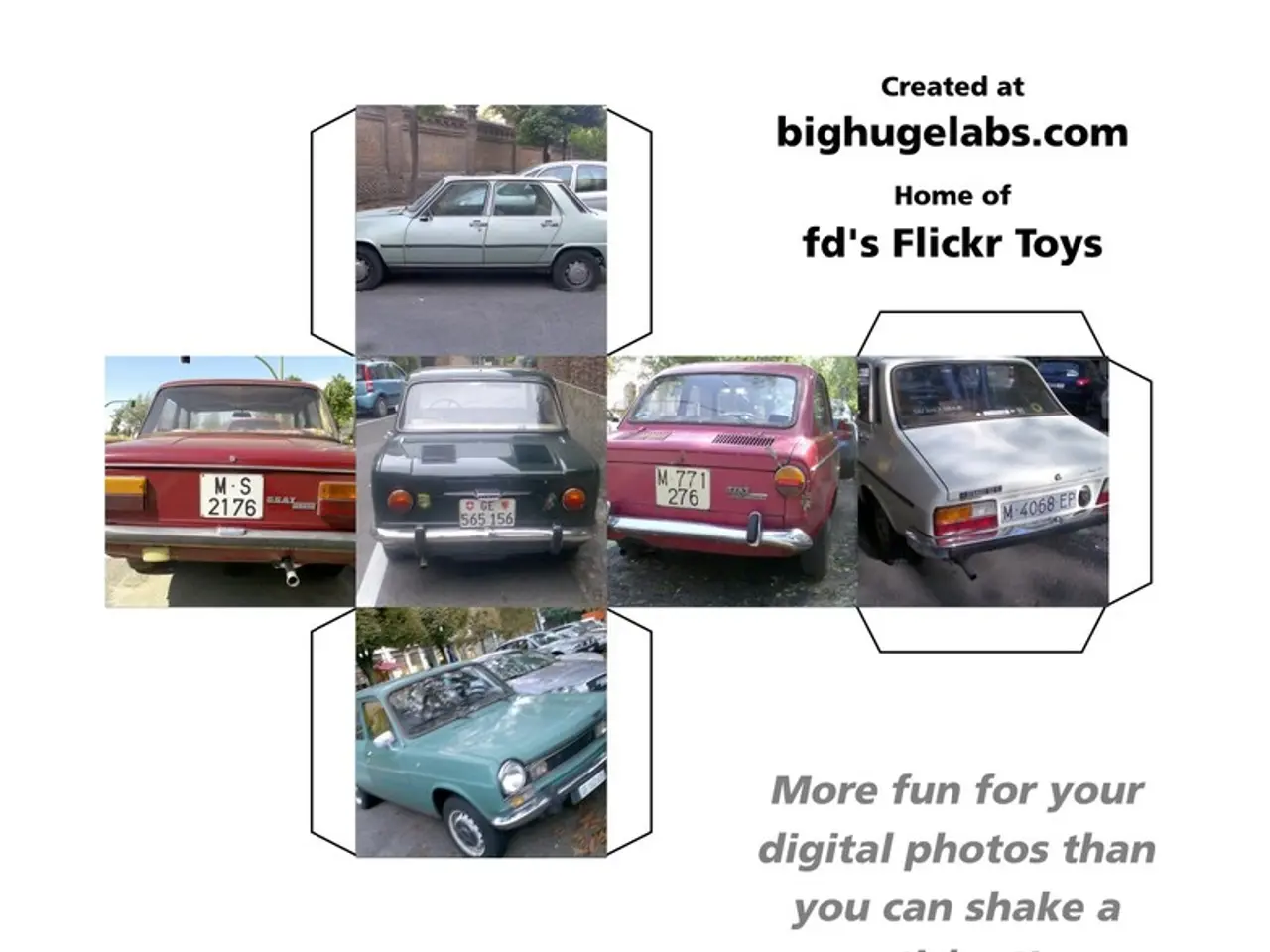Emerges Coldware as an Ethereum Rival, Integrating Hardware Functionality
Coldware, a new blockchain platform, is poised to make waves in the cryptocurrency world. With its launch before the presale, Coldware is already attracting significant interest from investors, having raised over $6.6 million with 66% of its tokens sold [1]. The platform is described as one of the most promising altcoin ventures of 2025 [2].
One of the key differences between Coldware and Ethereum, the dominant player in the blockchain space, is its focus on accessibility and direct consumer adoption via integrated devices. This mobile-first, hardware-integrated approach could potentially accelerate mass adoption, as it embeds blockchain technology into everyday consumer devices, making it more accessible without the typical technical overhead that Ethereum's software-centric ecosystem presents [3].
Mobile-First Hardware Integration
Coldware runs natively on proprietary consumer devices like the Larna 2400 smartphone and ColdBook laptop, which come with built-in wallets, encrypted messaging, and a pre-installed dApp store. This contrasts with Ethereum, which is software-focused and primarily accessed via third-party hardware or general-purpose devices [1][3].
Lower Barrier for Everyday Users
Coldware offers tools such as Freeze.Mint (for easy token creation and Layer 2 token management), mobile staking directly on the device (cold-staking), and encrypted messaging—all designed to simplify Web3 access for typical consumers. Ethereum, while dominant in DeFi and smart contracts, mainly caters to developers and institutions, often requiring more complex interactions and external wallets [1][2].
Ethereum Compatibility with Added Convenience
Coldware maintains Ethereum compatibility for smart contracts and dApps but enhances real-world usability by embedding these functions in dedicated hardware, effectively integrating blockchain with daily computing and communication needs [2][3].
Tokenomics and Onboarding
Coldware employs a capped supply token with staking rewards and developer grants, targeting scalable growth by onboarding users via its hardware ecosystem. Ethereum's model is well established but relies heavily on wide developer and institutional networks rather than direct consumer hardware adoption [1][3].
In summary, Coldware’s hardware-software integration and mobile-first approach aim to democratize blockchain use by embedding it into everyday consumer devices, potentially accelerating mass adoption. By bridging existing Ethereum projects with Coldware-native tools, the platform provides a flexible environment without the barriers of high costs or technical constraints [1][2][3].
With its strategic launch, strong investor interest, and innovative approach, Coldware is positioned to benefit from Ethereum's expansive liquidity and developer ecosystem, while offering a more accessible, hardware-integrated alternative.
[1] Coldware Whitepaper, 2025. [2] Coldware Blog Post, 2025. [3] Coldware Developer Documentation, 2025.
Investing in Coldware could provide opportunities for those looking to capitalize on the potential of a technology-driven financial ecosystem, as its unique approach focuses on accessibility and direct consumer adoption. By integrating blockchain technology into everyday devices, Coldware's platform enables a more straightforward entry into the Web3 world for typical users, in contrast to Ethereum's software-centric ecosystem that caters more to developers and institutions.




